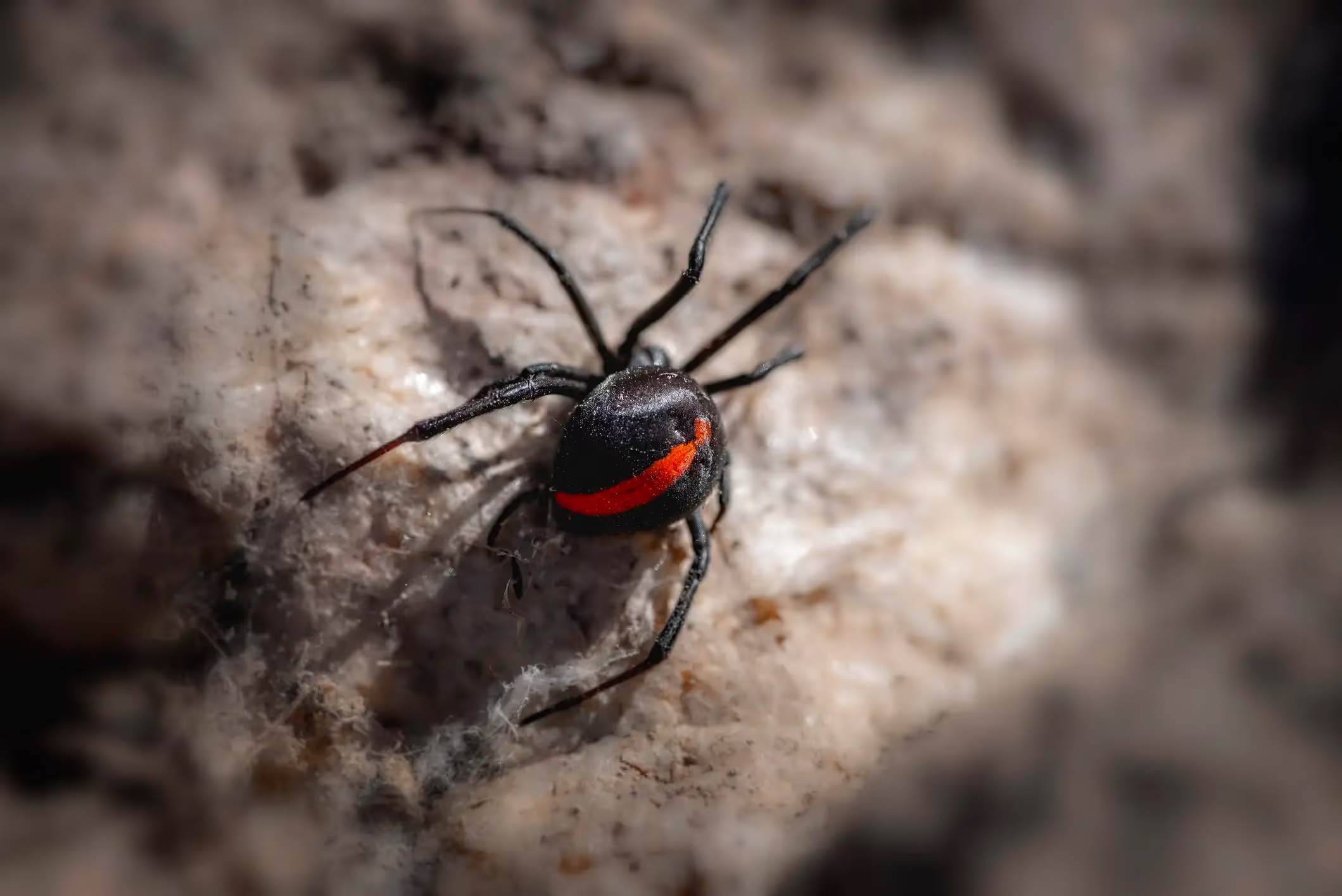

Spider Exterminator in Hudson, TX
Skilled spider exterminator in Hudson, TX with Spot On Pest Control, LLC. Remove spiders quickly and safely. Contact us today to schedule your service.

Spiders are a common concern in Hudson, TX homes and properties. With East Texas humidity, abundant vegetation, and warm seasons that boost insect populations, spiders find plenty of food and shelter near houses. A professional spider exterminator approach focuses on accurate identification, targeted control methods, habitat modification, and follow-up monitoring so you get lasting reduction of spider activity while keeping family and pets safe. With Spot On Pest Control, LLC, homeowners gain proven solutions designed for safety and effectiveness.
Why spider control matters in Hudson, TX
- East Texas’s warm, humid climate supports high insect populations that attract spiders.
- Wooded yards, stacked firewood, and dense landscaping common to Hudson properties create preferred spider harborage.
- Some spiders found locally can cause medically significant bites (notably black widows and brown recluses), so reducing indoor encounters is a safety priority.
- Visible webs and frequent sightings can be a sign of larger underlying pest issues that require a combined solution.

Common spider species and how to identify them
Understanding which spider you’re dealing with guides control choices and safety measures.
- Black widow: Distinct glossy black body with a red hourglass on the abdomen (female). Found in dark, undisturbed areas: garages, sheds, woodpiles. Venom can cause severe symptoms; bites require medical attention.
- Brown recluse: Light to dark brown with a darker violin-shaped mark on the cephalothorax. Prefers cluttered indoor spaces: closets, attics, basements. Bites may cause significant tissue damage in some cases.
- Wolf spiders: Robust, hairy, ground-dwelling hunters. Large but generally non-aggressive toward people. Often enter homes chasing prey.
- Cellar spiders (daddy longlegs): Long legs with small bodies; form loose, irregular webs in corners and basements. Low medical risk but unsightly.
- Orb weavers and garden spiders: Large circular webs outdoors. Beneficial for controlling flying insects; usually not indoor pests.
Diagnostic inspection: what a professional will check
A thorough inspection pinpoints sources and directs the safest, most effective treatments.
- Map web locations and frequency of sightings (indoors vs outdoors).
- Identify the species or likely group based on web type, body shape, and location.
- Look for contributing factors: insect infestations (spider prey), moisture sources, cracks and gaps in the building envelope, clutter, and stacking of firewood or debris.
- Inspect common entry points: window/door gaps, utility penetrations, attic and crawlspace access, and foundation voids.
- Assess yard conditions: overgrown vegetation, mulch depth, and areas that retain moisture.
Proven control methods used by spider exterminators
Effective spider control uses an integrated approach combining mechanical, chemical, and exclusion tactics.
Web and egg sac removal
- Vacuuming or physical removal of webs and egg sacs reduces active spider populations and prevents new hatchlings from dispersing.
Perimeter treatments
- Targeted residual treatments around the building foundation, under eaves, and around entry points create a barrier that reduces spiders entering the home.
- Treatments are selected and applied with attention to safety for children, pets, and beneficial insects.
Interior spot treatments
- Focused applications in basements, attics, closets, and behind appliances where spiders hide; using low-impact products when possible.
Habitat modification and exclusion
- Seal gaps, weather-strip doors and windows, install door sweeps, and screen vents to block entry.
- Trim vegetation and keep landscape plants at least a few feet from exterior walls.
- Remove wood piles and debris away from the house; store firewood off the ground and away from structures.
Non-chemical measures
- Glue traps, sticky monitors, and regular vacuuming help both reduce populations and monitor activity.
- Diatomaceous earth in voids and around perimeter areas may be used selectively as a low-toxicity option.
Species-specific tactics
- For black widows: focus on removing undisturbed habitats (boxes, clutter, woodpiles), clearing under eaves and sheds, and targeted treatments where webs are found.
- For brown recluses: emphasis on interior exclusion, glue monitoring traps in closets and basements, and deep cleaning of storage areas. Brown recluses are often spread by clutter and undisturbed storage.
Safety and precautions
- Venomous spider encounters require caution; do not attempt to handle suspect spiders with bare hands.
- Home treatments should follow label directions; professionals apply products in ways that minimize exposure to people and pets.
- If a bite is suspected from a black widow or brown recluse, seek medical attention promptly and try to capture or photograph the spider for identification if it can be done safely.
What to expect during and after treatment
- Initial visit: inspection, species identification, and tailored treatment plan. Mechanical removal is typically performed first.
- Treatment scope: perimeter sprays, targeted interior spots, web removal, and exclusion recommendations.
- Follow-up: scheduled monitoring visits are common, especially through seasonal peaks (late summer and fall) when spider activity increases. Follow-ups allow adjustments and prevent reinfestation as insect prey levels change.
Prevention tips tailored for Hudson, TX homes
- Reduce outdoor lighting or use yellow/bug lights to cut down nocturnal insects that attract spiders.
- Keep gutters clean and correct drainage problems to reduce moisture that supports insects and spiders.
- Maintain a 2–3 foot vegetation-free zone between foundation and landscaping; keep mulch shallow (1–2 inches) and away from the foundation.
- Declutter garages, attics, and basements; store items in sealed plastic bins rather than cardboard.
- Inspect and shake out clothing, shoes, and stored linens that have been unused, particularly in seasonal storage.
- Monitor with sticky traps in low-traffic areas to detect activity early.
Follow-up service options and expectations
Homeowners typically choose one of these follow-up approaches depending on severity and preference:
- Seasonal maintenance: Periodic treatments timed to peak activity seasons in East Texas, with inspection and web cleanup included.
- Quarterly or monthly monitoring: Regular checks with targeted spot treatments as needed and updates to exclusion work.
- One-time intensive treatment with exclusion plan: A thorough initial service to reduce immediate populations plus a homeowner-focused maintenance checklist for ongoing prevention.
- On-demand re-inspections: A follow-up visit after severe weather or pest outbreaks to reassess conditions and reapply targeted measures.
Final considerations
An effective spider control strategy in Hudson, TX balances immediate reduction with long-term prevention. Accurate species identification, habitat modification around homes, and thoughtful follow-up maintain low spider activity while keeping family and pets safe. Implementing integrated measures now reduces the chance of recurring infestations and minimizes the need for repeated heavy treatments. With Spot On Pest Control, LLC, homeowners also benefit from customized Maintenance Plans, practical Financing Options, and access to seasonal Special Offer opportunities that provide added value and peace of mind.
Lasting Results: Safe, Spider-Free Living
Hudson homeowners deserve both comfort and safety inside and outside their homes. A professional spider exterminator provides not only immediate relief but also long-term prevention through inspections, targeted treatments, and smart exclusion tactics. Take control of your home environment today—schedule your spider control service with Spot On Pest Control, LLC and enjoy the confidence of a secure, spider-free property year-round.
Our Services
Our pest control services cover ants, termites, bed bugs, rodents, mosquitoes, and other common pests, with customized solutions for both residential and commercial properties.
.png)



